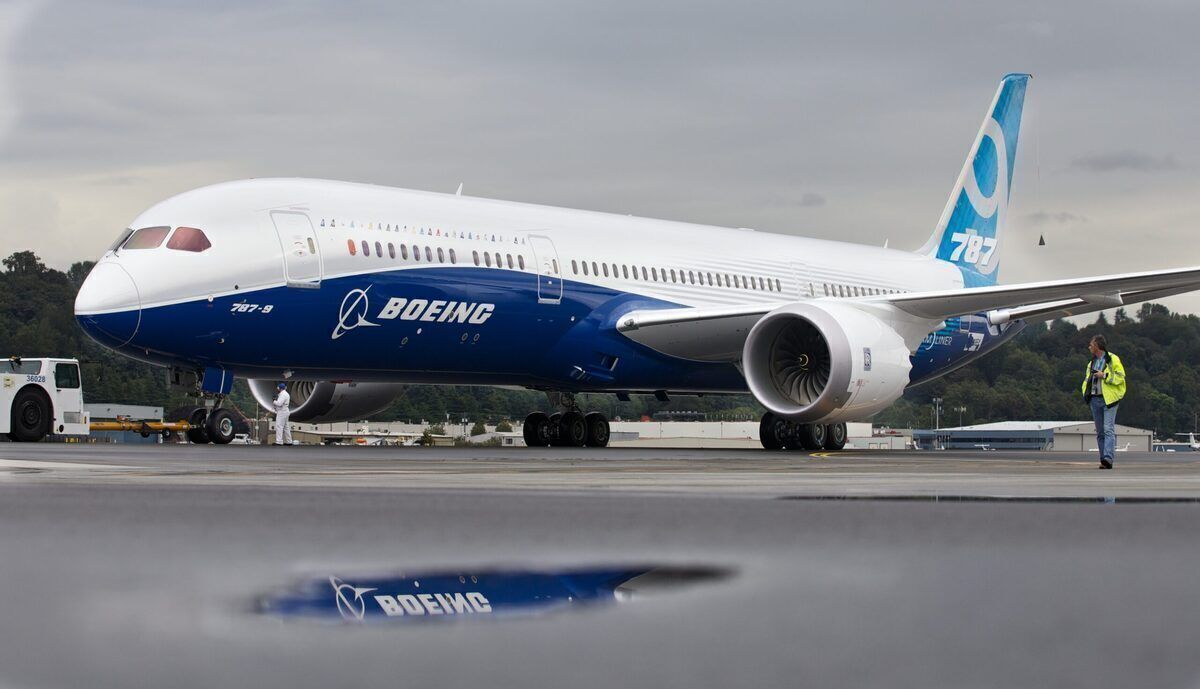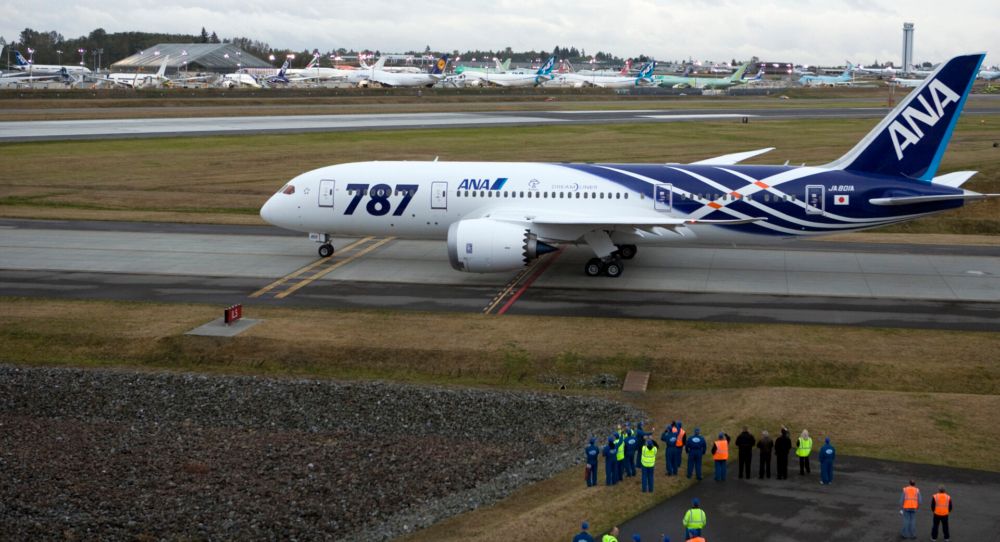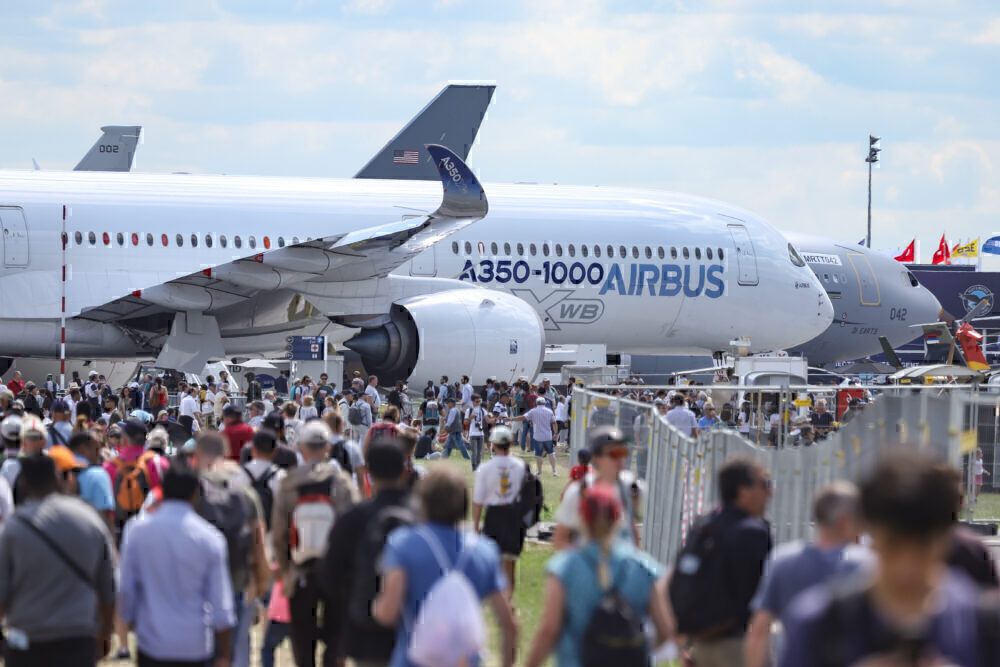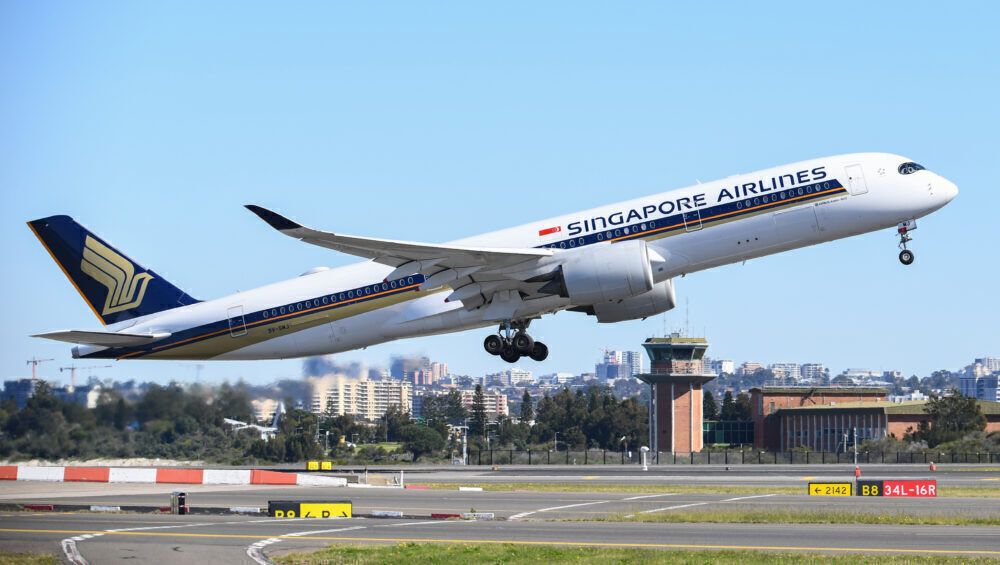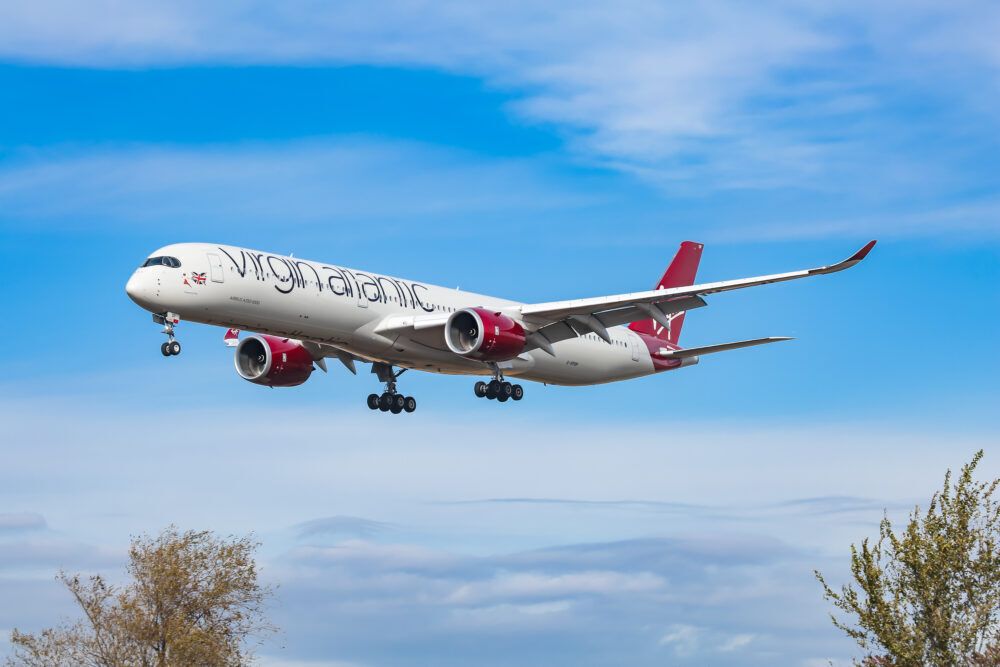The Boeing 787 and Airbus A350 are, of course, major competitors. They were both launched as clean sheet, efficient aircraft at a time when fuel efficiency and green commitments were increasing in importance. While many airlines have chosen one of the two aircraft, some have decided to operate both. We take a look here at the 15 airlines that currently do this.
The 787 and the A350
The 787 was a gamechanging aircraft for Boeing. The project was first launched in 2003, focussed on developing a new, clean-sheet aircraft with a capacity of 200 to 300. It was the first major commercial aircraft to use carbon fiber composite components in the fuselage and wing construction. It also introduced significantly more efficient engines and other aerodynamic improvements.
Airbus joined this efficiency drive late, originally planning a new mid-capacity widebody based on the A330. After the success of the 787, it changed plans and developed the new clean-sheet A350XWB, with a composite fuselage design and new, more efficient engines.
This late decision lost ground to Boeing. The A350XWB did not enter service until 2015 (with Qatar Airways), four years after the Boeing 787. This remains one of the reasons for some airlines operating both.
Operating both aircraft types
According to data from ch-aviation.com, 70 airlines operate the Boeing 787, and 38 airlines operate the Airbus A350. Of course, some airlines have a preference for Boeing or Airbus aircraft within their fleet, perhaps to maintain fleet commonality or because of existing relationships. Others have selected one aircraft on its merits, capacities, or price.
As of November 2021, 15 airlines are operating both the 787 and the A350. Looking at their orders shows how, in many cases, this joint operation is set to continue.
Asian Airlines:
- Air China - 14 787 and 15 A350 (with one 787 and 15 A350 on order)
- China Eastern Airlines - 3 787 and 10 A350 (with three 787 and 10 A350 on order)
- China Southern Airlines - 27 787 and 10 A350 (with three 787 and 10 A350 on order)
- Hainan Airlines - 38 787 and 7 A350 (with just one A350 on order)
- JAL Japan Airlines - 49 787 and 12 A350 (with 19 A350 on order)
- Singapore Airlines - 15 787 and 56 A350 (with 12 787 and 11 A350 on order)
- Thai Airways International - 6 787 and 12 A350 (no more on order)
- Vietnam Airlines - 15 787 and 14 A350 (with four 787 on order)
European Airlines:
- Air France - 10 787 and 11 A350 (27 A350 on order)
- British Airways - 32 787 and 8 A350 (with 10 787-10 and 10 A350 on order)
- Turkish Airlines - 15 787 and 5 A350 (with 10 787 and 18 A350 on order)
- Virgin Atlantic - 17 787 and 7 A350 (with five A350 on order)
Middle Eastern Airlines:
- Qatar Airways- 37 787 and 53 A350 (with 23 787 and 23 A350 on order)
- Etihad Airways - 39 787 and 5 A350 (with 32 787 and 15 A350 on order)
African Airlines:
- Ethiopian Airlines - 27 787 and 18 A350 (with two 787 and eight A350 on order)
Why operate both?
First of all, there are advantages to having a diverse fleet. Every airline has a different approach to this. Some, of course, prefer to operate the same type across the fleet, bringing benefits in pilot and crew commonality and likely in purchase and maintenance agreements too. Having a mixed fleet lowers the risk of being affected by issues with any one aircraft type or engine model. It can also benefit legacy crew experience.
In many cases, airlines use the 787 and A350 for similar operations. They are both well suited to efficient long-haul routes, and that is where we are seeing many fleets deployed (although in Asia especially they are often deployed regionally and domestically).
There are differences, though, and reasons why some airlines use them for different purposes. Capacity and range differences between the aircraft are key here.
The A350-1000 has a higher capacity than all 787 variants, more closely matching the 747 or 777. This can make sense for some airlines to operate on busier routes, with smaller 787 variants on others - British Airways is a good example of this.
Another airline using the two for very different purposes is Singapore Airlines. It has the specially adapted A350-900ULR taking up the longest routes, such as New York, with the 787-10 offering a higher capacity option for other routes.
There are plenty more specific reasons for certain airlines using the 787 or A350. This is often to meet their particular range, capacity, and route requirements. Feel free to discuss this further in the comments, or any other differences between the aircraft.

